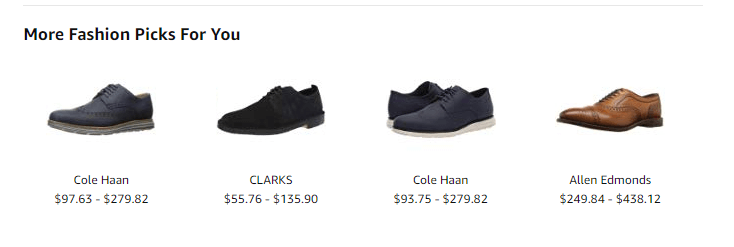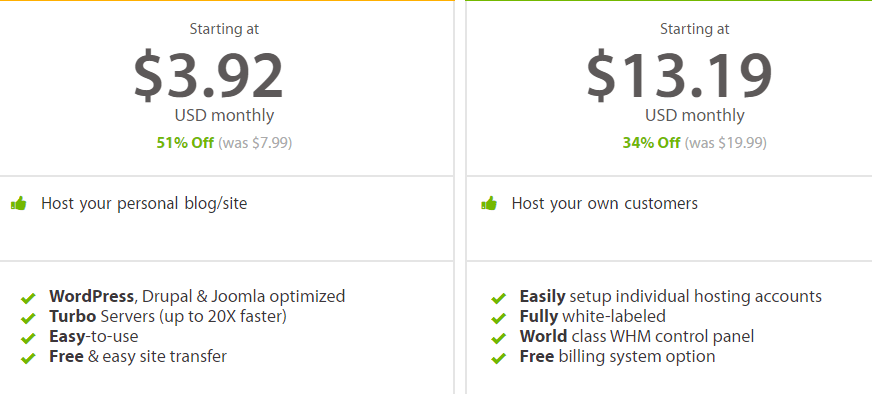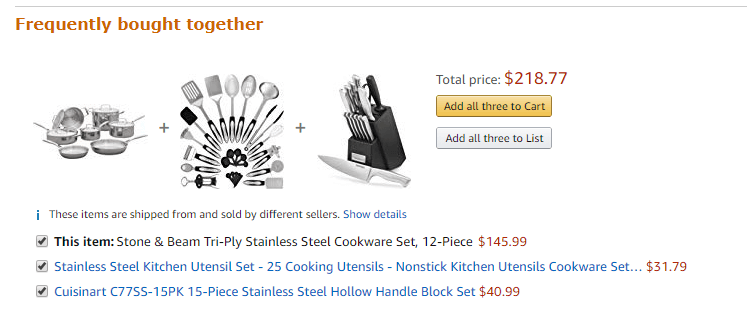Upselling vs Cross-Selling (And How to Use Both)
Whatever type of online store you run, you share one common goal with everyone else in the same position – you want to sell and earn more. Fortunately, there are a lot of ways you can achieve that. Two key methods you may want to try are offering upsells and cross-sells.
Both methods are all about increasing your earnings per customer. With upsells, you do this in a more traditional way, by trying to promote more expensive alternatives. On the other hand, cross-selling is all about providing users with a broad range of options. Either strategy can be powerful, and together they make for an excellent combination.
In this article, we’re going to introduce you to both upselling and cross-selling, and explain how they work. Then we’ll talk about when it makes sense to implement either technique, and explain how you can get started. Let’s take a look!
Upselling vs. Cross Selling: A Quick Overview
Upselling and cross-selling are intimately related strategies, but they work in very different ways. Let’s say, for example, that you’re renting a room in a hotel, and the receptionist tells you all the types of rooms they have available. You go in with the idea of getting the cheapest possible accommodations, but in the end, you get seduced by the idea of a penthouse suite.
In that scenario, the receptionist used an upselling strategy. They offered you one or more alternatives to what you were originally looking for, which provided more features at a higher cost. In exchange, they earned more from your transaction than they would have otherwise.
Now let’s say that in addition to the room itself, you’re also presented with options that enable you to purchase a spa package, access additional TV channels, use a private meeting room, and more. Those optional additions would be examples of cross-selling in action. The hotel is offering extra products and services that go hand-in-hand with what you originally purchased, in order to increase the total amount of your order.
Once you’re familiar with both techniques, you’ll realize that they’re everywhere, both on- and offline. Another example of an industry where upsells and cross-sells are common is website hosting. Most hosting providers will offer multiple plans you can upgrade to, for example. Plus, they’ll provide a lot of extras alongside those plans, such as domain names, additional websites, Secure Sockets Layer (SSL) certificates, and more.
When to Implement Upselling vs. Cross-Selling on Your Website
Now that you know the basics, let’s talk about when it makes sense to use upsells and cross-sells on your website. Which strategy you choose to implement will largely depend on what types of products you’re offering. If you’re running an e-commerce store with a broad inventory, chances are you can use both techniques effectively.
Upselling is ideal for products and services that you offer in various tiers. Besides that, the two main characteristics to look for in products you can upsell are:
- They target the same types of customers, but at different price points.
- They offer similar base features, with different extra features included.
The applications of cross-selling, on the other hand, can be a lot more flexible. Technically, you can show visitors any of your other products while they’re browsing one in particular. However, the best way to implement cross-selling is to focus on items that are somewhat connected to what customers are already looking at.
This technique can be effectively used to create ‘related products’ sections:

Usually, we recommend that you implement both upsells and cross-sells, unless you have a very limited inventory. To help you get started, let’s wrap up with a few tips to help you maximize your earnings via these strategies.
How to Implement Upselling and Cross-Selling on Your Website
Most modern e-commerce platforms include some type of upselling and cross-selling functionality out of the box. However, you still need to know how to go about using these tools, which is what we’ll focus on now.
Upselling
You already know the basics of how upselling works. When someone is browsing a product, you show them similar but better options that fulfill the same needs and more. One of the best ways to do that is to use product comparison tables:

With a comparison table, you can highlight the differences between each of the items you’re offering. Usually, you’ll do this using lists of key features, and putting the prices for each product side by side. That way, visitors can take in all the key information in at a glance.
You can also implement upsells in a number of other ways. For example, you can offer upgrades to better products or services a set amount of time after the customer makes a purchase. That way, they’ll have time to determine if they need the additional functionality that the upgrade offers. If you choose to go down this route, email marketing will be your ally, since it will enable you to get in touch with past buyers.
Cross-Selling
When it comes to cross-sells, there are also plenty of ways you can implement them. The most popular approach is to add a ‘related products’ section within each of your product pages, so that visitors can quickly jump between options they might find interesting:

Another approach involves telling visitors about other products that past customers have bought with whichever item they’re looking at. Several popular e-commerce sites, such as Amazon, opt for this strategy:

If you’re selling services, you can also implement cross-sells during the purchase process as extras. Some examples include warranties, premium support, privacy protection, and so on. The types of cross-sells you can offer will vary depending on the services you provide, but as a rule of thumb, you should always aim to include multiple options.
Conclusion
Upselling and cross-selling involve very different approaches to driving online sales. However, together they make for excellent synergy. You can upsell customers on better products or services, while also showing them other options they might be interested in.
The result is that every user on your website will have plenty of suggestions for items they can benefit from. This enables you to increase the amount you make from each transaction, while also providing more value to your customers.
Image credit: Pixabay.
